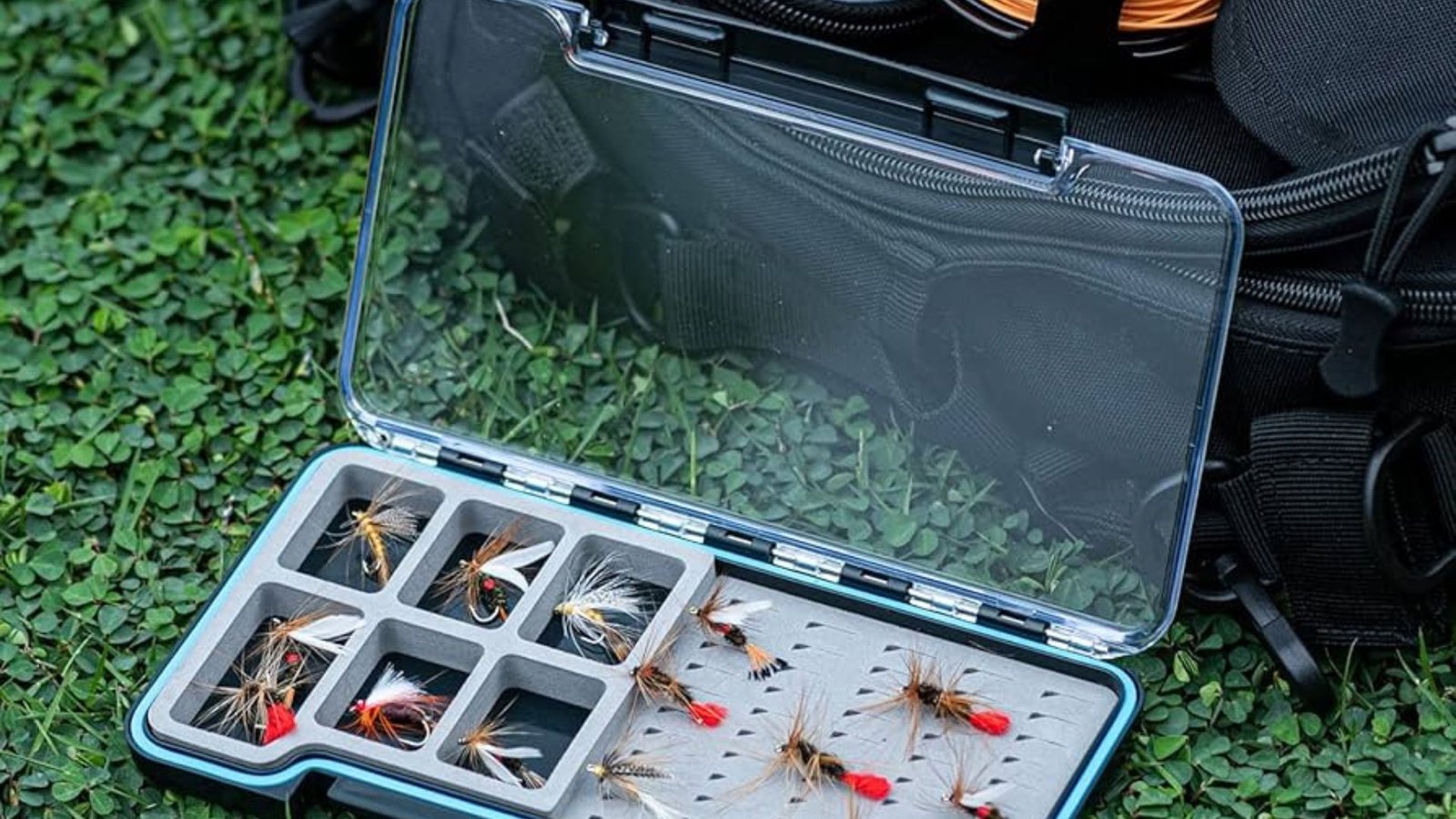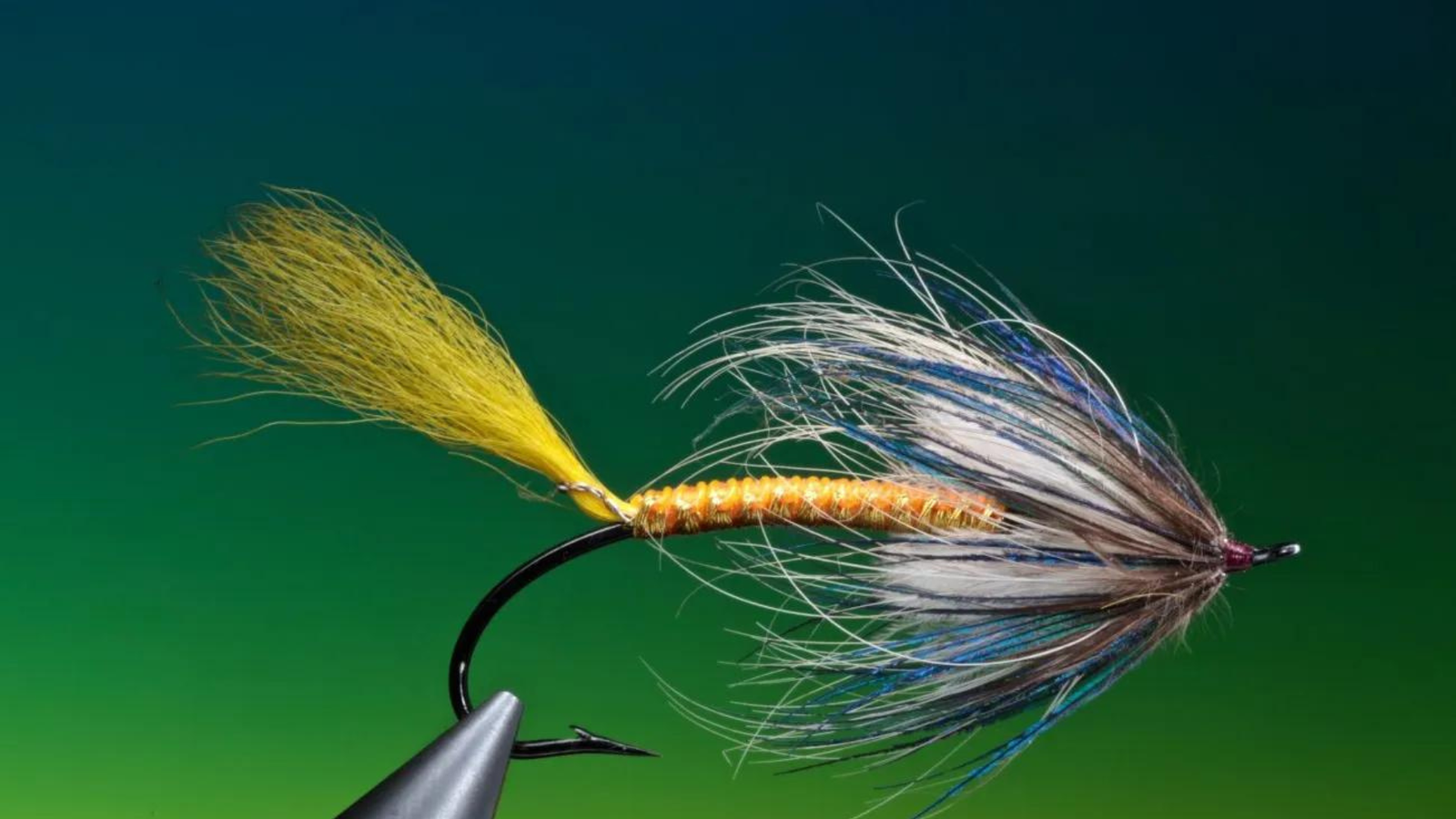Salmon are iconic fish known for their remarkable journeys from freshwater rivers to the open ocean and back again to spawn. Identifying different salmon species involves understanding their unique characteristics, habitats, and physical attributes.

How to Identify Different Salmon Species
Common Salmon Species
Chinook Salmon (Oncorhynchus tshawytscha)
Chinook salmon, also known as king salmon, are the largest of the Pacific salmon species. They have a streamlined body with small black spots on their back and dorsal fin. Chinook salmon vary in color from blue-green to silver, with a distinctive black gum line.
Coho Salmon (Oncorhynchus kisutch)
Coho salmon are smaller than Chinook, with a more slender body and a deeply forked tail. They have silver sides with dark blue or greenish backs and small black spots on their back and upper lobe of the tail. Coho salmon develop bright red coloration on their sides and darkened jaws during spawning.
Sockeye Salmon (Oncorhynchus nerka)
Sockeye salmon, also known as red salmon, have a distinctive body shape with a slender, cylindrical form. They are primarily silver during their ocean phase but turn bright red with green heads and blue backs when spawning. Sockeye salmon lack distinct black spots on their back and tail.
Pink Salmon (Oncorhynchus gorbuscha)
Pink salmon are the smallest and most abundant of the Pacific salmon species. They have a light blue-green back with silver sides and large oval spots covering their entire body. During spawning, male pink salmon develop a humped back and a pronounced hooked jaw.
Chum Salmon (Oncorhynchus keta)
Chum salmon, also known as dog salmon, have a streamlined body with a distinct silvery green coloration. They feature large, irregular-shaped spots on their back and tail. During spawning, male chum salmon develop dark vertical bars on their sides and a hooked jaw.
Identifying Salmon Species
Body Shape and Size
Different salmon species exhibit varying body shapes and sizes. Chinook salmon are the largest, often exceeding 30 pounds, while pink salmon are the smallest, typically weighing between 3 to 5 pounds.
Coloration and Patterns
Salmon species display unique color patterns that change throughout their lifecycle. Pay attention to the color of their back, sides, and fins, as well as the presence of spots and other markings.
Spawning Characteristics
During spawning season, salmon undergo physical changes such as color intensification, development of humped backs (especially in males), and changes in jaw structure. These changes can help distinguish between species.
Habitat and Distribution
Salmon species have specific habitat preferences and geographical distributions. Consult local fishing regulations and guides to learn which species are native to your region and when they are likely to be present.
Conservation and Responsible Fishing
Identifying salmon species is not only essential for anglers but also for conservation efforts. Understanding species diversity and population dynamics helps in managing sustainable fisheries and protecting vulnerable populations.
Conclusion
Identifying different salmon species requires attention to detail, knowledge of their physical characteristics, and an understanding of their habitat and behavior. Whether you’re a recreational angler or a conservationist, recognizing these distinctions enhances your appreciation for these remarkable fish and contributes to their long-term conservation.




